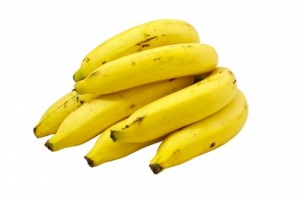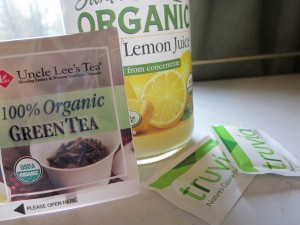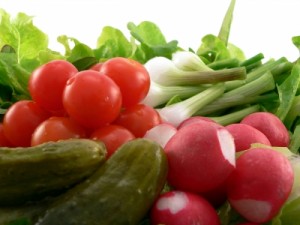
photo credit
Fad diets are on the rise these days. According to the Boston Medical Center, about 45 million Americans diet every year. Let’s take a brief look at some common fad diets and why they are not such a great idea. You’ve probably heard of at least some of these- the Lemonade Diet, the Twinkie Diet, and the Cabbage Soup Diet. These diets are pretty self-explanatory. They all have you eating a few types of foods in weird and irregular quantities.
For example, take the Cabbage Soup Diet. It has you make a concoction of cabbage and other vegetables and then you can eat as much of this as you want. Stuff yourself, even. You can eat any fruit you want on the first day, EXCEPT BANANAS. NO BANANAS. On the forth day, however, you may eat up to eight bananas. And don’t forget to eat your cabbage soup! This is only one example of many diets people are using to lose weight. No one wants to eat like this! (Faddiet.com)
Many diets allow for processed foods and lack nutrients essential for health. The main problem with dieting in the ways that I’ve just talked about is that most diets do not teach people to eat right for long term health benefits and weight loss success. Even though these types of diets may cause people to lose weight initially, they do not provide them with a plan to actually maintain their weight goal after its reached.
How about those expensive “magic weight-loss pills” that guarentee major weight loss in a short period of time? Many of these pills are diuretics, meaning that they have a dehydrating effect on the body. Water is heavy, these pills pull water from the tissues and eliminate it, and volia!, it causes weight loss. Very temporary weight loss. When taking a dieting pill, people know that they’re losing weight, but they don’t know what they’re losing. Fat? No. Muscle? Probably not. Water? Very likely. Extensive dehydration can lead to internal damage and health complications.
Remember the advertisement for losing 30 pounds in 30 days? Sure! A person will certainly lose weight following a food restricted diet. But what happens when a weight goal is reached using these kinds of diets? According to KC Craichy in his book Super Health Diet, a shocking 95% of these of all dieters end up gaining all their weight back again.
Why does this happen? Why do so many people gain back all that weight they lost while dieting? A common characteristic of all fad diets is the use of severe calorie restriction with unbalanced nutrition. When majorly restricting calories by dieting, you just pushed you body’s survival mode button. It cannot discern the difference between a diet and a full-fledged famine. Your body attempts to make up for this lack of fuel by slowing your metabolism waaaay down, which in turn burns fewer calories. After a grueling several weeks or months of dieting, you may find yourself lighter in weight and even smaller in size. Of course, you simply cannot eat like this forever. When you finally return to your normal eating habits, your body grabs all that extra food and quickly converts it to fat, trying to prepare for the next “famine” you assault it with. This is NOT what you intended for your body to do, but nevertheless, all of the weight that you “lost” is found again. (Craichy 127-129) Ugh! How utterly frustrating is that?! Diets of this nature simply do not work for sustainable weight loss and health.
Sources: Craichy, KC. Super Health Diet. Florida: Living Fuel Publishing, 2011.
Faddiet.com “The Cabbage Soup Diet and Recipe.” Faddiet.com (2011). Accessed 11/14/11 from [http://www.faddiet.com/cabsoupdiet.html]



